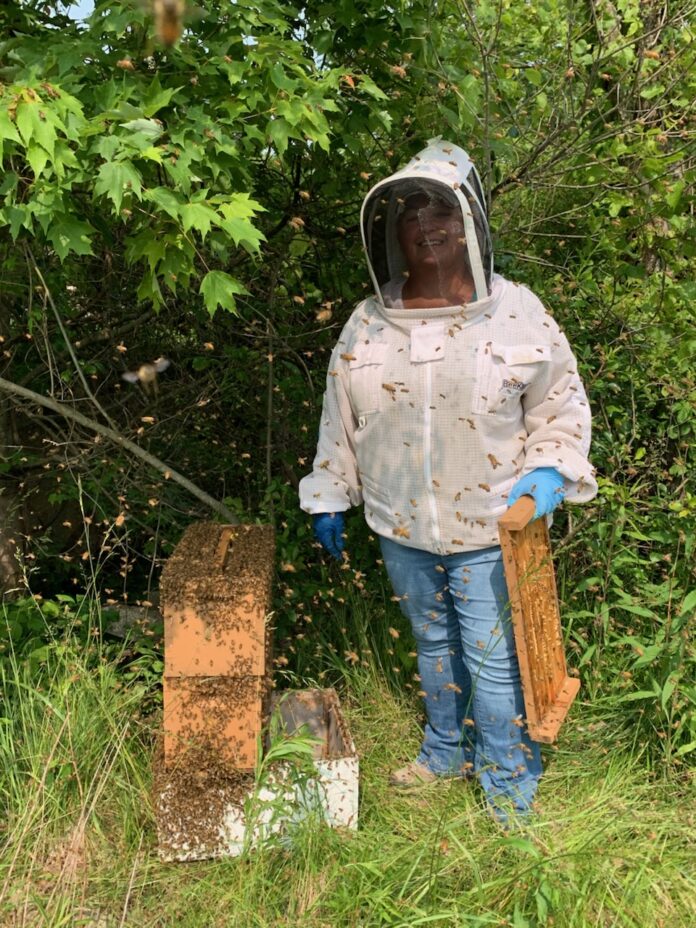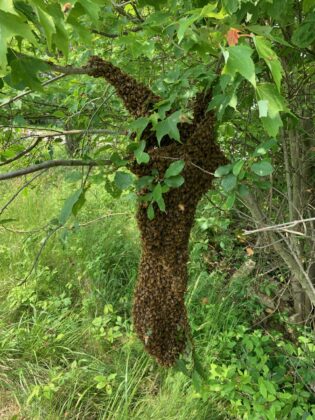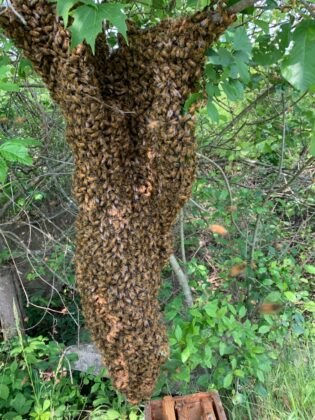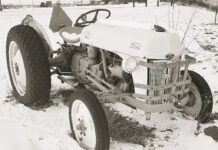Last week, while surfing through the channels, I came across the finals for the 2025 Scripps National Spelling Bee Contest. I watched as these genius eighth graders spelled words I had never heard, read or spoken. I wondered how one studies for such a competition, much less WHY? My limited range of vocabulary is limited to menu items at Roosters and LongHorn Steakhouse or bee supply catalogs, and I have a comfort level tossing out words such as Parmesan-crusted spinach dip or renegade sirloin when ordering in public.
One of the words that does not come out frequently in everyday vocabulary is “tanging.” Tanging is defined as making a loud, ringing or clanging sound. If approached by someone asking me to spell the word, I would err on the side of caution and ask for alternate pronunciations, parts of the speech, definitions or for them to use the word in a sentence. To be sure, I would ask about the word’s origin for fear the elimination bell would soon be “tanging”.
Tanging to attract bees
When it comes to the bee world, tanging is defined as a traditional beekeeping method where beekeepers use loud, rhythmic noises, typically by striking metal objects, to influence the behavior of swarming bees. The idea is that the swarm of bees will be guided to your tanging and settle into your vacant hive or nearby.
Last Sunday, one of the few warm, non-rainy days last week, we were working the bee yard, making splits, and my little dove, Patty Boser, looked up to see a boil of bees leaving a hive. As the swarm intensified and gained altitude, we watched, hoping they would land close enough that we could retrieve the bees and rehive the colony.
I walked over to the hive to check out what may be left and to harvest what I presumed to be some capped queen cells in the hive. Yes, I counted 10 nice swarm cells and harvested all but two to use for future splits or to take back to the incubator.
As I was splitting off the remaining cells and taking out some excess honey frames, Patty had gone to the truck bed to take out a mini metal garbage can that I had just picked up two days ago from a Kiko Auction.
This mini trash can was in a corner lot, which included a hand sledgehammer, a ball peen hammer and a bow saw for the bargain of $3. The can was a throw-in item, and I thought, as most hoarders do, that there would be a use someday for this fine item. That day was Sunday.
Patty grabbed the mini trash can and started banging it as she walked towards the swarm, as they swirled higher and higher, heading toward the road at telephone-pole height. I looked up at the noise from her clunking and banging and was chuckling to myself, watching the events unfold. This single marching band leader, dressed in a bee jacket, was determined to corral these renegade bees that were stampeding away from the herd.
No vacuum big enough, if even on site, could stop this rebellion! No, the gods smiled and I’m sure smirked, and after another minute of invigorating and electrifying percussion, the bees slowly descended. Patty yelled to me to grab a box, “They’re coming down!” So I grabbed an empty and got a frame of brood.
When we catch a swarm, we always add a frame of honey and a frame of brood, open or capped. I prefer to add an open brood because if the queen is not in the box or has some other unforeseen issues, the swarm will make a new queen with the open brood provided. I check on them in a couple of days, when they settle down, and if the added frame doesn’t have cells started, the queen is in the box. The lesson, dear readers of today, is whether tanging works or was it, as Marcus said in Pulp Fiction, “divine intervention?” Like so many things in beekeeping, I always welcome a helping hand.















